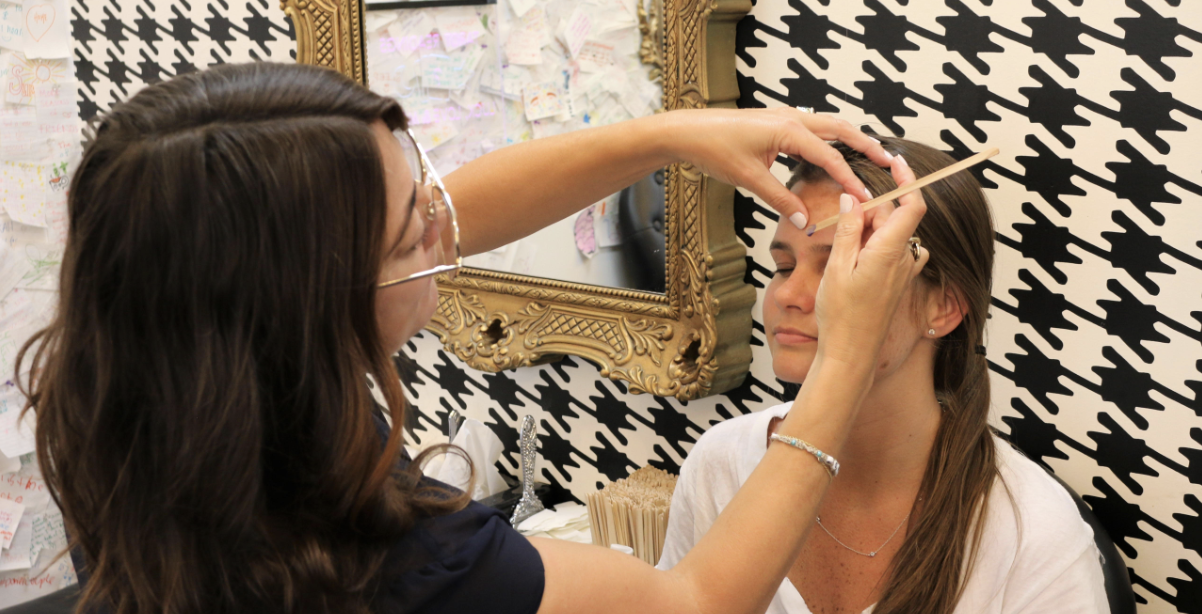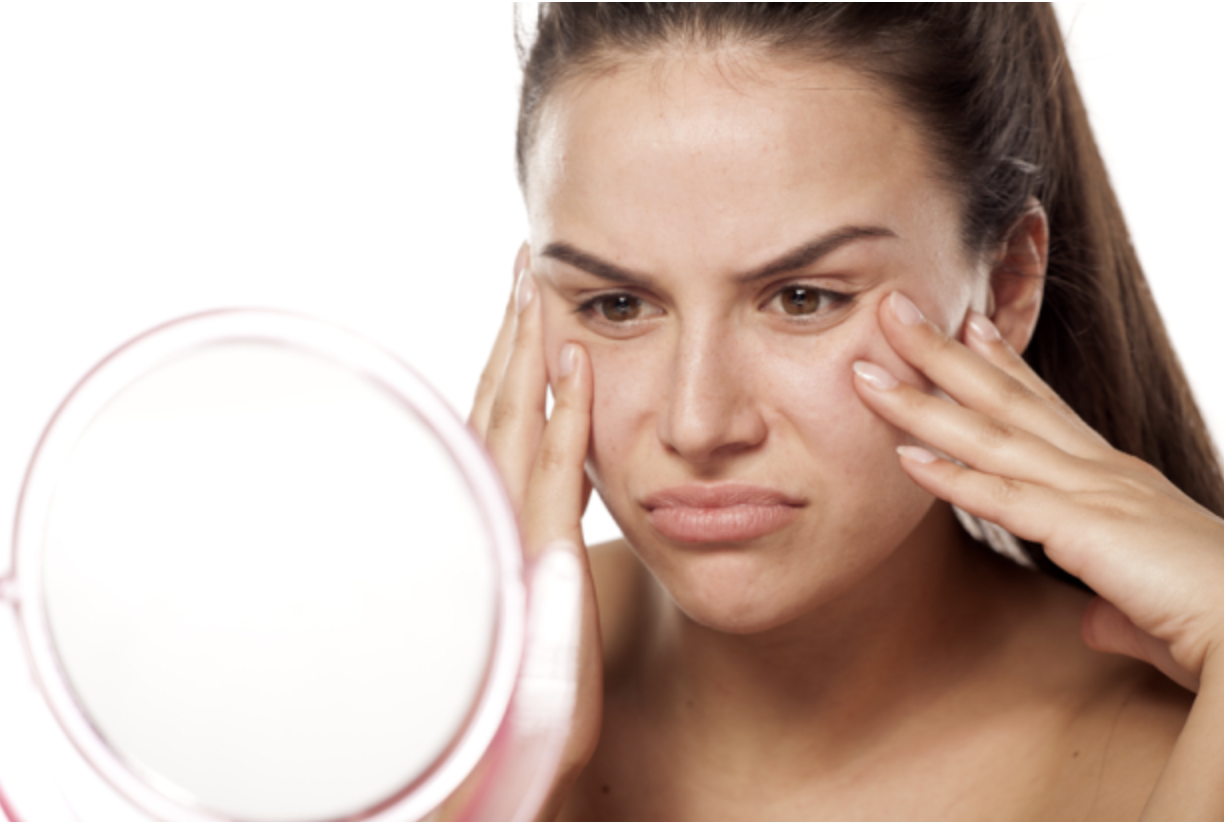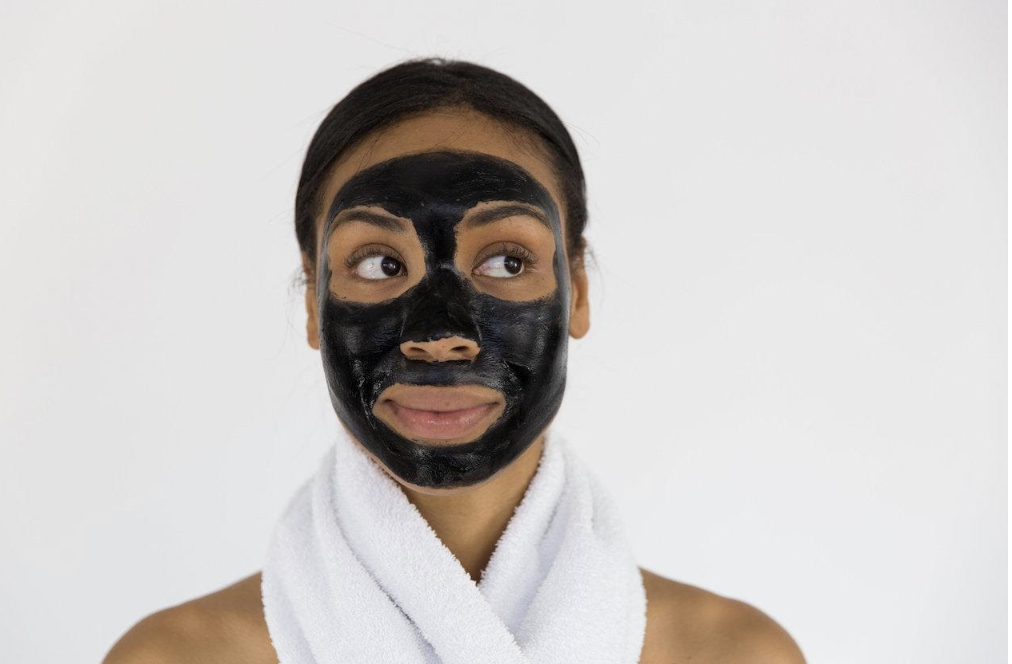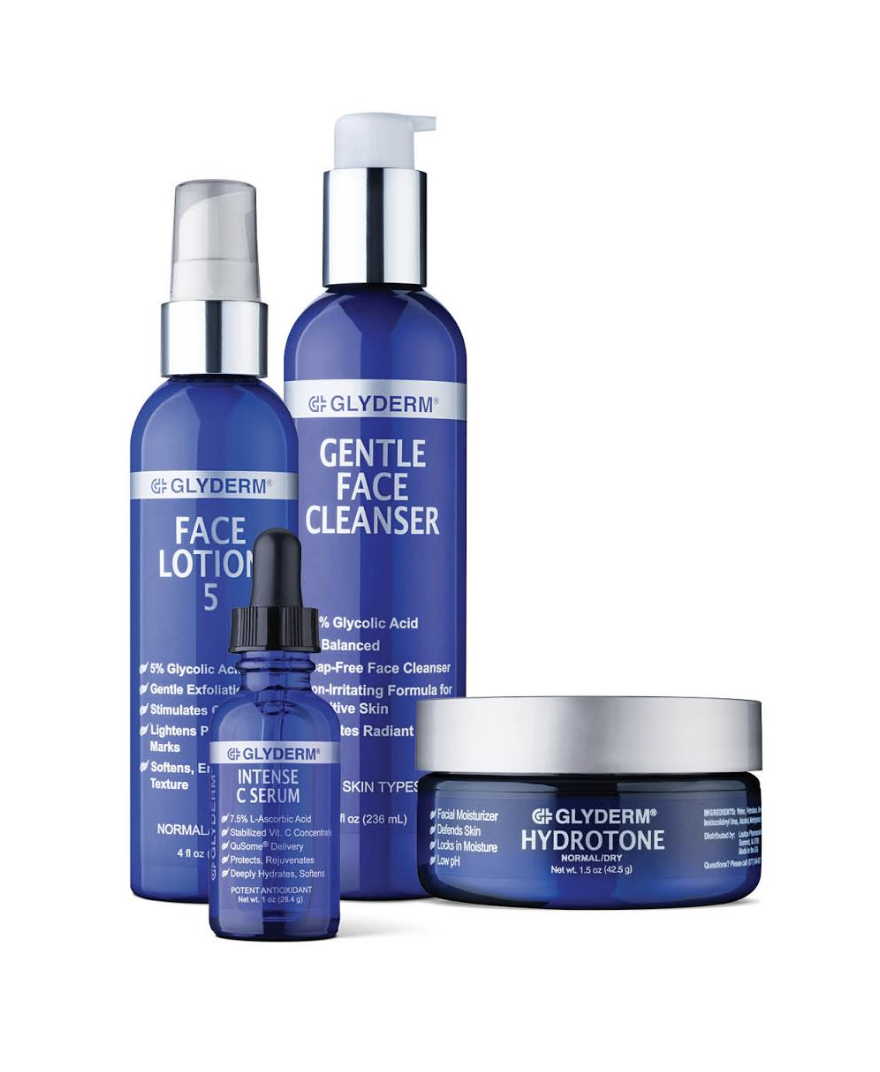“There’s a secret to waxing eyebrows that’s a big factor in cultivating symmetrical frames that highlight eyes,” says Boom Boom, owner of Boom Boom Brow Bar, and it’s about sitting up!
The difference between shaping a good brow and a GREAT brow is positioning. “If you’re just starting out, it will make all the difference in creating predictable results and growing your confidence. And if you’re an old pro, it will help finesse your sculpting and change the way you see brows,” she explains. Most people shape eyebrows while a guest is lying down; hence all those thin brows, but the fuller frames everyone wants today require a different approach to preserve their length and width. When someone is lying down, their facial muscles relax, gravity takes its toll and features become distorted, which makes it harder to create a shape that will ultimately look good when standing up.
Shaping brows sitting up allows a professional to assess eyebrows in their natural state – the way others see them and the way they look when viewed in a mirror. It allows one to shape symmetrical arches and better judge where brows should begin and end in relation to the other features on the face, which helps to make them proportionate. Plus, it allows for better accessing of where the arch should peak as well.
Now that brows are a part of most women’s (and men’s) regular beauty routines, shaping them should be affordable and convenient. At Boom Boom Brow Bar, guests walk in at their own convenience and sit for 10 minutes to take care of business. No scheduling and rescheduling of appointments and no laying down in a back room, that’s so old school and takes too much time.
TIP: To keep brows looking polished at all times, get them sculpted once a month.
Boom Boom Brow Bar is 12 years strong!! As one of the first walk-in brow bars in NYC, Malynda Vigliotti (aka Boom Boom) empowers others to celebrate their own personal gorgeousness without breaking the bank or making appointments. She makes brows fast, convenient, affordable and FUN – 27K+ served last year…404K+ since 2008! She is THE brow expert for the International Beauty Show in New York and Las Vegas! The New York Times loves Boom Boom: http://www.nytimes.com/2011/01/23/nyregion/23joint.html; Vogue does too: https://www.boomboombrowbar.com/press/; and Refinery29 named Boom Boom Brow Bar one of the top 10 spots to get the best brows ever: http://www.refinery29.com/eyebrow-shaping-nyc#slide-9. Also seen in In Style, Bustle, Byrdie, PopSugar, The Knot, Nylon, Vogue UK, Spa Week, American Spa, Eye Lash, Newsday, The New York Post…Shop for products, services and gift cards on boomboombrowbar.com. Instagram: @BoomBoomBrowBar; Facebook: @BoomBoomBrowBar and Twitter: @BoomBoomBrowBar.










